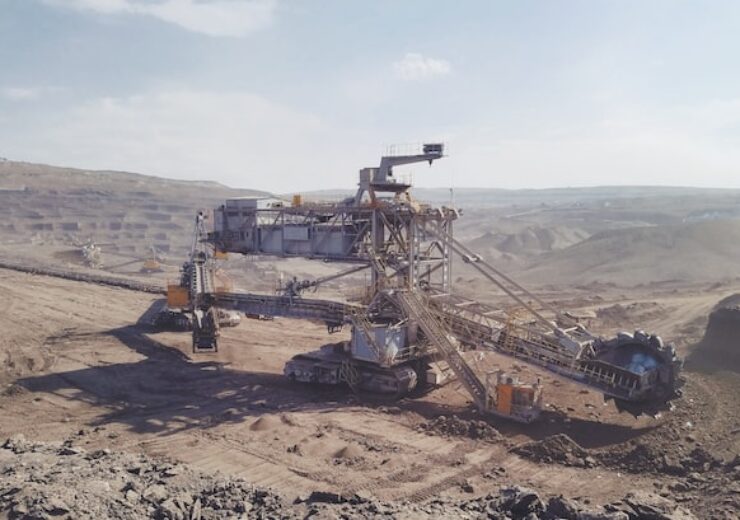Namibia’s Ministry of Mines and Energy (MME) has issued the 20-year mining license for the Twin Hills gold project, after completing a review of the Mining License application submitted by the company in August last year

Osino gets mining license for Twin Hills project. (Credit: Albert Hyseni on Unsplash)
Canada-based gold exploration and development company Osino Resources has achieved significant progress on the permitting process for its Twin Hills Gold Project in Namibia.
The company has received the 20-year mining license for the Twin Hills gold project from Namibia’s Ministry of Mines and Energy (MME).
MME issued the mining license, after completing a review of the Mining License application submitted by the company in August last year, subject to certain customary conditions.
The conditions include providing benefits to certain disadvantaged Namibian groups and securing Environmental Clearance Certificate (ECC), and other permits to operate the mine.
The Namibian Ministry of Environment, Fisheries and Tourism (MEFT) will issue the ECC.
Osino co-founder, president, and CEO Heye Daun said: “We are very pleased to have received confirmation from Namibia’s Ministry of Mines and Energy for the Preparedness to Grant of a 20-year mining license for the Twin Hills Gold Project subject to the fulfilment of some remaining conditions which are customary under Namibia’s regulatory regime.
“Receipt of the mining license is a major endorsement of the progress Osino has made with the advancement of the Twin Hills Gold Project and confirms the support of the Namibian government for the ongoing development of the project.
“Twin Hills’s stature as one of Namibia’s most exciting mining development projects continues to grow and we are very appreciative of the partnership shown by all Namibian permitting authorities throughout this process.”
In addition to the mining license, Osino has completed an Environmental and Social Impact Assessment (ESIA) for the Twin Hills project.
The ESIA included full baseline specialist studies and extensive stakeholder engagement accrued predominantly during 2021 and early 2022.
The company submitted the completed ESIA and Environmental Management Plan (EMP) to the MEFT in March of this year.
The issuance of ECC is subject to appropriate engagement, documentation, and management process for the relocation of historic graves at the Twin Hills project site.
Osino intends to submit a final report on stakeholder engagements and mitigation measures related to the relocation of graves, to Namibia’s National Heritage Council (NHC).
Recently, Osino has released a pre-feasibility (PFS) study for Twin Hills based on 2.15Moz in reserves, which outlines a 13-year open-pit mine life.
Also, the PFS suggests an average annual gold production at a rate of 169koz per annum, at all-in sustaining costs of $930 per ounce in the 10 years of operation.
Osino claims that the granting of the mining license strengthens the Twin Hills’ position as a rapidly advancing, partially permitted, top-tier project in a premier jurisdiction.
